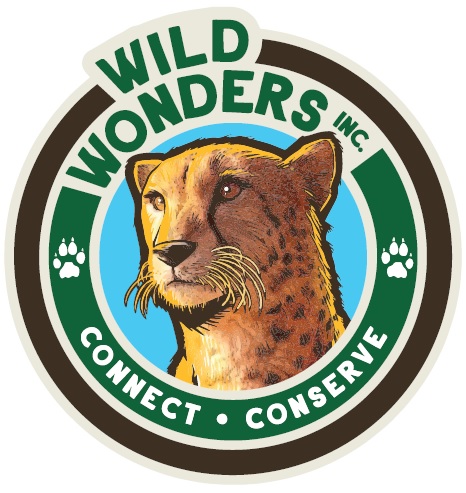You may have seen many of these animals in the wild, but our keeper / educators will tell you things you never knew about them during your private tour. Several of them also participate in “Our Big Back Yard” and “Walk on the Wild Side” education programs.
760 630 9230
wildwonders@att.net

